Cargando...
Recursos educativos
-
Nivel educativo
-
Competencias
-
Tipología
-
Idioma
-
Tipo de medio
-
Tipo de actividad
-
Destinatarios
-
Tipo de audiencia
-
Creador
-
Abiotic factors
EduBook Organización
- 3236 visitas
2.1. How do abiotic factors affect living things? Abiotic factors determine the distribution, size and number of living things, and even their capacity to reproduce. The most influential abiotic factors…
-

Final Autoevaluation 6.01 - The natural environment. Ecosystems
EduBook Organización
- 3187 visitas
Complete the text using these words: ecosystem - biotope - physical environment - biotic community - terrestrial An is a natural system consisting of living things which interact with each other. The of…
-
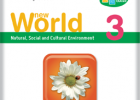
New World 3 Andalucía. Natural, Social and Cultural Environment
EduBook Organización
- 2912 visitas
D. Living things 1. Human beings 2. Looking after my body 3. The five senses 4. Animals 5. Plants G. Glossary C. Chants 6. Water 7. Landscapes 8. Maps 9. Villages, towns and cities 10. Living in society…
-
Answer true or false
EduBook Organización
- 2901 visitas
Answer true or false: Ecosystems consist of a physical environment and a biological community. → Living things in a biological community do not interact. → Plants can be producers or…
-
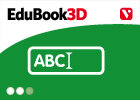
Final self-evaluation 14.06 - Human Societies
EduBook Organización
- 2678 visitas
Complete the sentences with the missing words: One of the characteristics of being human is living in a , which provides an organised structure for everyone living in a particular area. For many years,…
-
True/false. Cells
EduBook Organización
- 2548 visitas
Decide if these sentences about cells are true or false: All living things are made up of very small components called cells. ➝ All very small living things are made up of just one cell. ➝ Cells are…
-
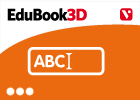
Complete. Carbon and oxygen
EduBook Organización
- 2459 visitas
Complete the text with the missing words: is the most characteristic chemical element of living matter. The structural properties of help it to join with other carbon, hydrogen and oxygen atoms. The…
-

Initial evaluation 5 - The Diversity of Life
EduBook Organización
- 2425 visitas
Match each explanation with the correct term: It is made up of more than one cell. Microscopic component of living things. Round body that controls the activities of the cell. It is made up of only one…
-
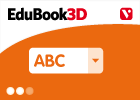
True/false. Evolution and biodiversity
EduBook Organización
- 2331 visitas
Are the following sentences true or false? The term biodiversity includes all the minerals in the Earth's crust. Biological evolution is the gradual transformation of living things in order to adapt…
-
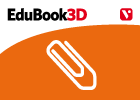
Matter is recycled and energy is lost in ecosystems
EduBook Organización
- 2332 visitas
When living things die, decomposers use the organic material to obtain energy. In doing this, they turn the organic biomolecules into inorganic material again. The action of decomposers closes the cycle…
Te estamos redirigiendo a la ficha del libro...













